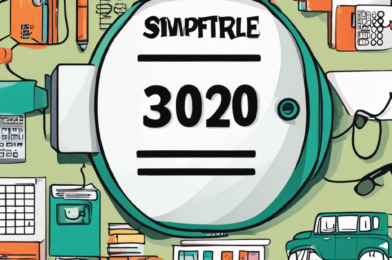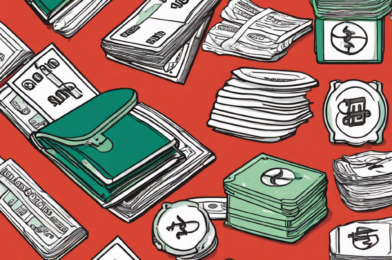Meal prep is an incredibly useful skill to have in your culinary arsenal, and it’s easier than you might think. With just a little planning and preparation, you can save time and money, reduce waste, and eat healthier, more delicious meals. Whether you’re a busy professional, a parent juggling multiple schedules, or simply someone who wants to improve their relationship with food, meal prep is a game-changer. So, where to begin?
Firstly, invest in some good-quality storage containers. Glass or plastic containers with airtight lids are ideal, in a variety of sizes to accommodate different types of meals and ingredients. You’ll also need a plan. Take some time to think about the meals you want to prepare and make a shopping list of the ingredients you’ll need. Consider your nutritional needs and preferences, and don’t be afraid to get creative. There are countless meal prep recipes online to inspire you, catering to all kinds of diets and tastes.
The key to successful meal prep is organization. Set aside a dedicated block of time each week to prepare your meals. It might be a Sunday afternoon or a quiet evening when you can focus on chopping, cooking, and assembling your meals without interruption. During this time, you can also pre-portion your meals into your containers and store them in the fridge or freezer, ready to grab and go when you need them.
One of the greatest advantages of meal prep is the cost-saving. Buying ingredients in bulk and planning your meals carefully can significantly reduce your grocery bill. You’ll also waste less food because you’re only buying what you need and using it efficiently. Plus, with a fridge or freezer stocked full of delicious, healthy meals, you’re less likely to reach for expensive and unhealthy takeout options.
Meal prep also saves you time. Instead of cooking from scratch every night, you can simply heat and eat your pre-prepared meals. This is especially useful for busy weeknights when the last thing you want to do is spend hours in the kitchen. It also helps streamline your grocery shopping, as you’ll be buying the same ingredients in bulk each week, cutting down on the time you spend wandering the supermarket aisles.
But it’s not just about practicality – meal prep can also be an enjoyable and therapeutic process. Many people find the act of cooking and preparing food relaxing, and it’s a great way to practice mindfulness in the kitchen. So, roll up your sleeves, put on your apron, and get ready to transform the way you eat with meal prep. You’ll be glad you did!
Now, if you’re new to meal prep, don’t be daunted – it’s easier than it seems. Start with simple recipes and work your way up to more complex dishes as you become more confident. There are plenty of resources online, with step-by-step guides and video tutorials to help you master the art of meal prep. Soon enough, you’ll be a pro, and your future self will thank you for those delicious, ready-to-eat meals waiting in the fridge.
So, what are you waiting for? It’s time to embrace the world of meal prep and discover a new, improved way of eating. With just a little effort, you can enjoy healthier, more economical, and tastier meals, all while saving precious time and money. Happy prepping!







